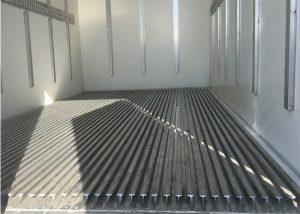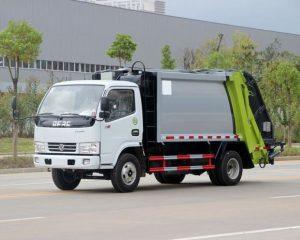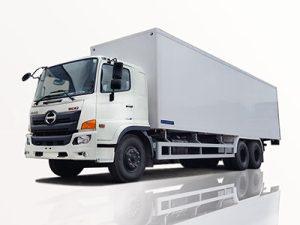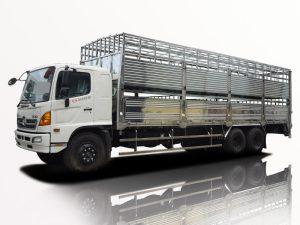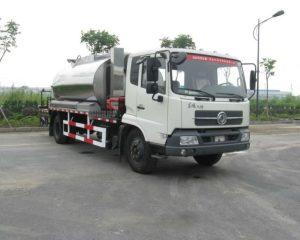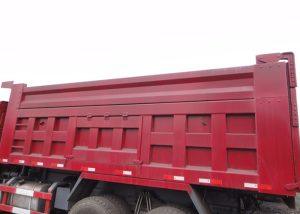Monday to Saturday - 8:00 -17:30
Access Cab vs Double Cab: Which Truck is Right for You?
Choosing the right cab style for your truck is essential. Among the popular options, Access Cabs and Double Cabs are frequently compared. This article will provide a comprehensive overview of both cab designs, exploring their features, advantages, disadvantages, and which might be the best fit for your needs. Whether you are a weekend warrior, a family-oriented individual, or use your truck for work, understanding these cab styles will empower you to make an informed decision.
Understanding Cab Styles: Access Cab vs Double Cab
At the heart of this comparison, we need to understand what an Access Cab and a Double Cab entail. Both styles cater to different purposes and audiences.
What is an Access Cab?
An Access Cab, often referred to as a “extended cab,” is a pickup truck variation that offers a smaller rear seating area compared to a Double Cab. This setup typically includes two full-sized front seats and two smaller rear seats designed primarily for occasional use. Access Cabs generally feature rear-hinged doors that open backward, allowing for easy access to the rear seats.
What is a Double Cab?
A Double Cab, sometimes called a “crew cab,” features a more spacious and comfortable rear seating area. It provides two full-size front seats and two full-sized back seats, making it a fantastic option for families or workgroups. Double Cabs usually have four conventional doors that open side-by-side, enhancing accessibility to the rear seats.
Comparing Key Features
Seating Capacity
One of the primary distinctions between Access Cab and Double Cab lies in the seating capacity.
| Feature | Access Cab | Double Cab |
|---|---|---|
| Front Seats | 2 | 2 |
| Rear Seats | 2 (small) | 3 or more (full size) |
| Total Capacity | 4 | 5 or 6 |
Interior Space
Interior space is critical for comfort and usability. Access Cabs provide limited rear legroom and headroom, making them best for short trips or occasional use. In contrast, Double Cabs offer ample space, enhancing passenger comfort, especially on longer journeys.
Bed Length
Both cab styles come with various bed lengths. However, Access Cabs typically allow for a longer cargo bed, which can be advantageous for hauling larger items. Double Cabs usually feature a shorter bed due to the expanded cabin area.
Advantages and Disadvantages
Access Cab Advantages
- More cargo space due to longer bed length
- Usually less expensive than Double Cabs
- Lightweight, leading to better fuel efficiency
Access Cab Disadvantages
- Less rear passenger space
- Not ideal for regular family use
- Limited access to rear seats
Double Cab Advantages
- Comfortable space for families or groups
- Convenient access to rear seats with four full doors
- Versatile for both passenger and cargo needs
Double Cab Disadvantages
- Typically more expensive than Access Cabs
- Shorter cargo bed space
- Heavier, potentially impacting fuel economy
Usage Scenarios
When to Choose Access Cab
Access Cabs are perfect for:
- Individuals or couples needing occasional passenger space
- Small business owners who prioritize cargo space
- Those who do not frequently travel with multiple passengers
When to Choose Double Cab
Double Cabs are ideal for:
- Families needing additional passenger capacity
- Those who frequently travel with friends or colleagues
- Individuals seeking versatility for work and leisure activities
Cost Considerations
While both Access Cabs and Double Cabs come with various price points based on brand and model, generally:
- Access Cabs are less expensive, appealing to budget-conscious buyers.
- Double Cabs, given their additional features and space, usually carry a higher price tag.
Popular Models Comparison
Access Cab Models
Some popular Access Cab models include:
- Toyota Tacoma
- Nissan Frontier
- Chevrolet Colorado
Double Cab Models
Popular Double Cab models include:
- Toyota Tundra
- Ford F-150
- Dodge Ram 1500
Practical Tips for Choosing Between Access Cab and Double Cab
Evaluate Your Needs
Begin by assessing your lifestyle. Do you frequently travel with passengers? Would you benefit from additional cargo capacity? Understanding your primary use case can help guide your decision.
Test Drive Different Models
Get a feel for both cab styles. Visiting dealerships allows you to physically assess the space and comfort levels.
Consider Resale Value
Think about how each model retains value over time. Trucks generally have good resale value, but factors like seating style can impact this. Typically, Double Cabs hold a higher resale value due to their versatility.
Budget Wisely
Factor in not just the initial purchase cost but also ongoing maintenance and fuel expenses. Depending on your financial situation, one style may be more feasible than the other.
FAQ Section
1. What is the main difference between Access Cab and Double Cab?
The primary difference lies in the rear seating capacity and layout, with Access Cabs having limited rear seat space and Double Cabs offering full-size rear seating with four standard doors.
2. Are Access Cabs more fuel-efficient than Double Cabs?
Yes, in general, Access Cabs may be more fuel-efficient due to their lighter weight, but actual mileage can vary by model and engine specifications.
3. Which cab style is better for families?
Double Cabs are typically better suited for families due to their larger rear seating area and easy access to multiple passengers.
4. Can I convert my Access Cab into a Double Cab?
No, converting an Access Cab into a Double Cab is generally not feasible. However, consider purchasing a new vehicle if more space is needed.
5. What truck brands offer Access Cab and Double Cab options?
Popular brands offering both styles include Toyota, Ford, Chevrolet, and Nissan, among others.
6. Is there a significant price difference between Access Cab and Double Cab trucks?
Typically, Access Cabs are less expensive than Double Cabs, but this varies depending on the model and additional features selected.


